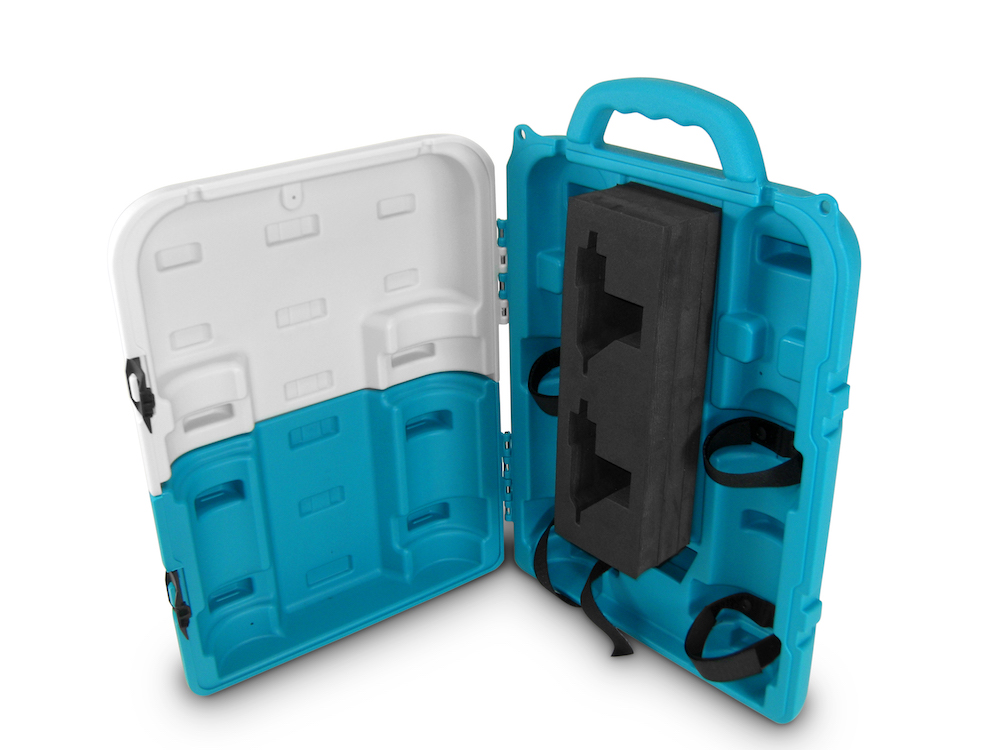In the network of product development, original equipment manufacturers (OEMs) are a large part of what makes innovation possible. From the radio that goes into a new vehicle to the brakes installed on a new aircraft, the parts and equipment that an OEM produces have helped bring the modern systems we know to life.
Naturally, because OEM parts and equipment are distributed to other companies (who then sell the end products), they have to be shipped between facilities. OEM packaging refers to the packaging designed to protect these items as they are in transit from one location to another.
Why OEM Packaging Is Critical To the OEM Service Model
Many of us are familiar with the term unboxing experience — an experience that begins when an individual first sees an item’s exterior packaging and ends when the last item is removed from its interior. While this experience is often tied to consumer-based products (like the latest iPhone), it is just as important to the businesses that invest in OEM parts and equipment. They want to feel confident in the quality of the components they purchase, and OEM packaging is a direct reflection of that.
Let’s use the example of a residential construction company that receives a shipment of solar panels from an OEM. In an ideal scenario, the unboxing experience goes something like this:
- The exterior of the OEM packaging arrives with a professional, high-quality appearance, and is outfitted with unique brand identifiers that make it easily recognizable
- The end-user opens the OEM packaging to find the solar panels securely positioned and cushioned inside, with no signs or suggestions of damage in transit
Now that we’ve seen the ideal scenario, consider what can happen in a worst-case scenario:
- Generic OEM packaging arrives with ripped corners and tears that suggest damage
- The end-user opens the damaged package to reveal that there is too much space inside and thus the solar panels have moved around in transit, causing some of them to crack
Recognizing that damaged products can cause production delays and leave clients dissatisfied, effective packaging is critical to the OEM service model. OEM packaging must be configured to the size, shape and needs of parts and equipment to maintain its quality from the manufacturing table to the end-user. When quality is maintained, OEMs are better positioned to build long-term partnerships with customers and create a more sustainable business model.
Customized OEM Packaging to Meet Your Needs
Whether you need to ramp up the production of existing OEM packaging or are looking to create a whole new design, the team at Cases By Source can help. Combining our in-house expertise with a range of materials and manufacturing processes, we can customize your OEM packaging so that it meets technical specifications and serves as a tangible representation of your brand. As you streamline operations and save costs, your relationships with other businesses will grow.
Ready to talk to us about your OEM packaging project? Schedule a free consultation to get started.








Leave a Comment